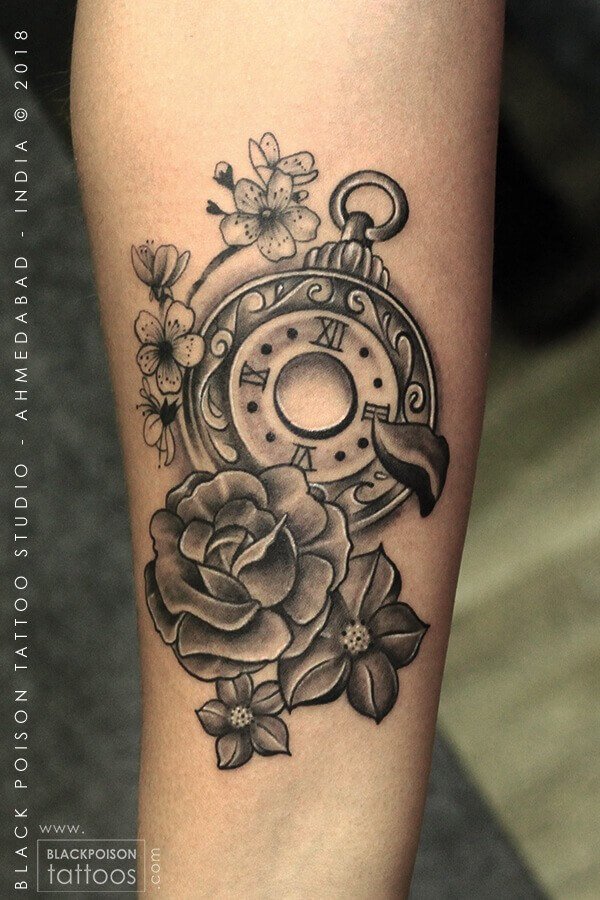More popularly known in Asian cultures such as in Japan, cherry blossoms have various meanings. They have become a national symbol for the country and they have been known to be celebrating amazing cherry blossom festivals all throughout spring. Not only does the flower have national symbolism it also has cultural impact as well. Primarily it is believed to be a symbol of joy and love; it also helps strengthen the spirit and promotes the beauty of life. Cherry blossoms only bloom in spring and they disappear again after a short time which symbolizes how people should value and appreciate life as it lasts.
The Japanese cherry blossom is interpreted as ‘transient of life’, since it is very fragile and has a short blooming period. There is an old story attached to this tree that values sacrifice. It is said that there is a Jiu-roku-zakura(the Cherry tree of the Sixteenth day), in the Iyo district of the country. This tree grew on the lands of a Samurai for over a hundred years. When the Samurai became old, the tree began to die. The Samurai felt really bad for the tree. He was a brave and honorable man. Hence, he thought up of a way to save the tree’s life.
He sat under the tree and committed a ritual suicide right there. This act gave the essence of the Samurai’s life to the tree. Within one hour of the Samurai’s death, on the 16th day of the month. The tree began to blossom and continues to live even today. Hence, the cherry blossom tree harbors many spiritual beliefs. These beliefs are set deep within the fundamental teachings of the Buddha.



